Jali work ( also known as “lattice screen,” “decorative grille,” or “perforated screen” ) is an intricate, decorative lattice design often used in Indian architecture. Traditionally crafted from stone or wood, jali consists of patterned perforations that allow light and air to pass through, creating unique visual effects. These intricate screens are known for their ornamental beauty as well as their functional purpose in enhancing ventilation and reducing direct sunlight indoors, helping to keep buildings cool.
Brief History of Jali Work in Indian Architecture
Jali work has deep roots in Indian architecture. It dates back to ancient temples, forts, and palaces of the Mughal and Rajput eras. In the Mughal period, especially during the construction of monuments like the Taj Mahal and Fatehpur Sikri, jali designs became more elaborate, blending Islamic geometry with local craftsmanship. These screens were often used in palaces and havelis to provide privacy. Jali work remains a hallmark of Indian architectural heritage and has inspired modern design as well.
Applications in Residential Structures
In modern day residential buildings, jali work serves both functional and aesthetic purposes, adding elegance to various areas within the home. Jali panels are commonly used on walls or facades to improve ventilation while adding decorative appeal. They also work well as interior partitions, creating a visually interesting divide between rooms without blocking natural light or airflow. Window screens made of jali not only allow filtered sunlight into rooms; but also add a unique architectural detail to the exterior. Additionally, jali designs are often incorporated into balcony railings and fences. Thereby providing privacy while maintaining an open feel and visual connection to the surroundings. These versatile applications make jali work a popular choice for enhancing both the interior and exterior of residential spaces.
Types of Materials Used in Jali Work
Modern jali designs incorporate a variety of materials:
- Stone: Traditionally, jali work was crafted from stone, especially sandstone and marble. These materials allowed artisans to carve intricate patterns with precision. Stone jalis are durable and provide a timeless, elegant aesthetic often seen in historic buildings and monuments.
- Wood: Wood is another traditional material used for jali work, especially in homes and palaces. Wood is easier to carve compared to stone. Wooden jalis are often used for indoor partitions and window screens, offering a natural, warm look.
- Terracotta: Terracotta jali work is made from fired clay, giving it a rustic, earthy appeal. It is often used in traditional architecture, offering both aesthetic value and good ventilation, while also being environmentally friendly and cost-effective.
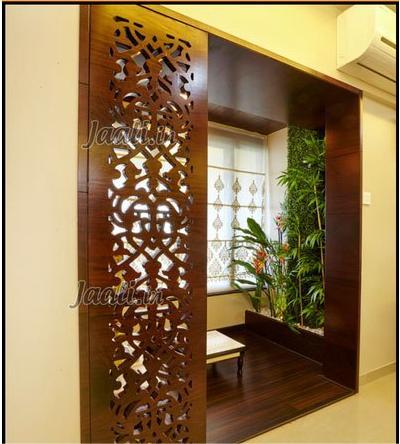
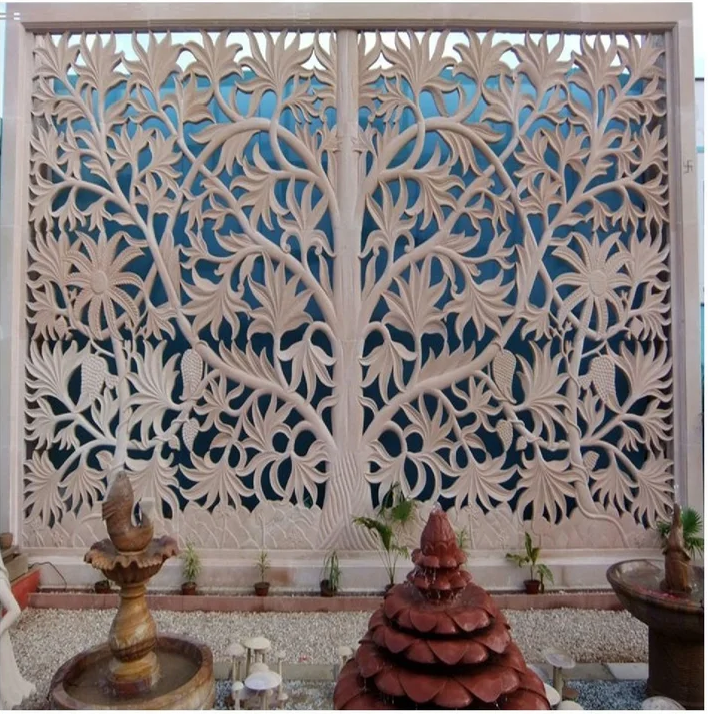
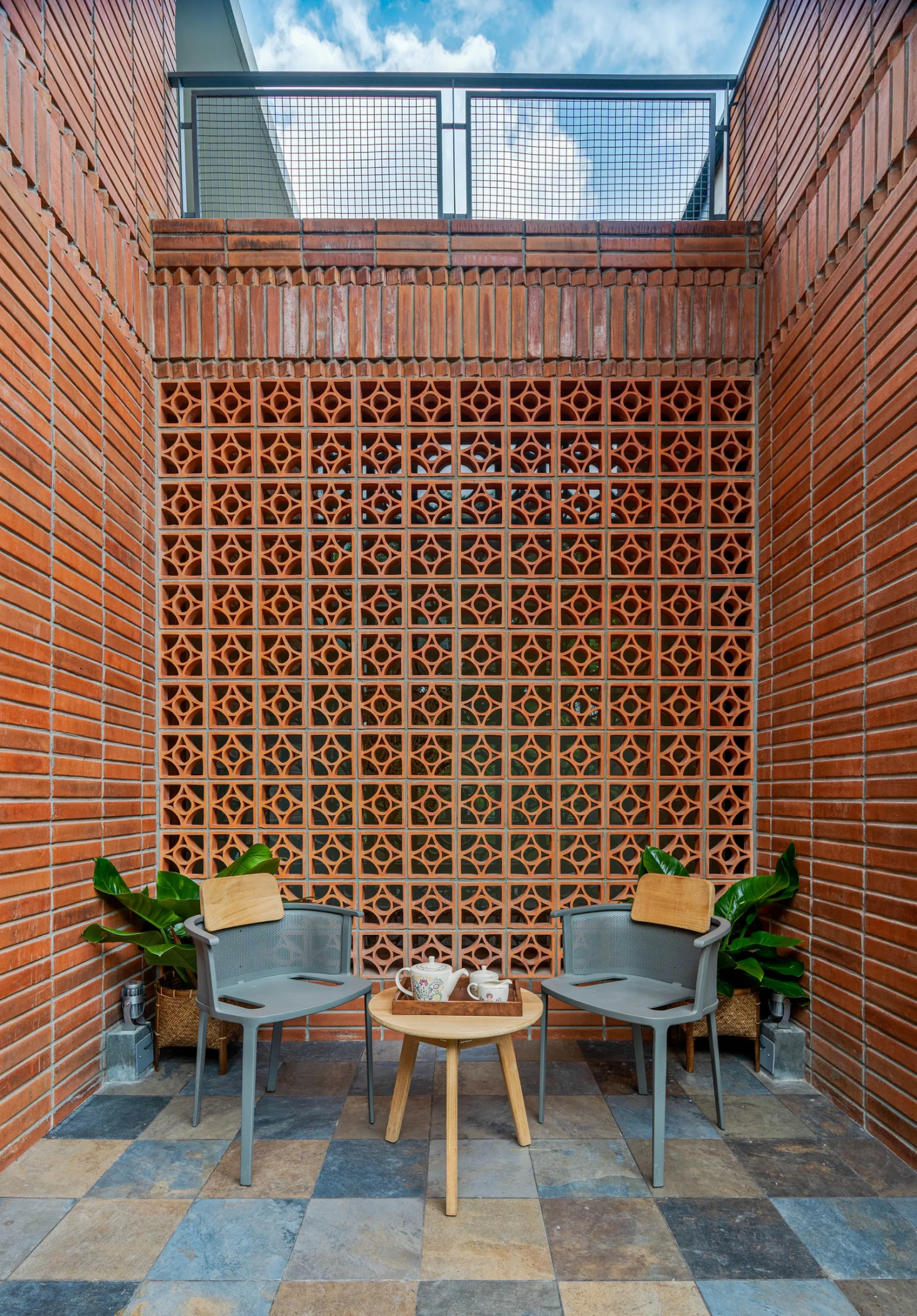
- Metal: Modern jali work often uses metals like aluminum and steel, which are durable, weather-resistant, and easier to maintain. Metal jalis find applications in contemporary architecture for both decorative and functional purposes, such as on facades or as boundary fences.
- Concrete: Precast concrete jali designs have become popular due to their versatility and cost-effectiveness. Concrete allows for larger, more intricate patterns. It is often used for exterior facades, providing both aesthetic appeal and structural strength.
- PVC and Fiber-Reinforced Plastics (FRP): These lightweight, modern materials are finding increased uses in jali work. This is due to their cost-effectiveness and ease of customization. They can be moulded into intricate designs and are low-maintenance. This makes them ideal for residential and commercial applications.
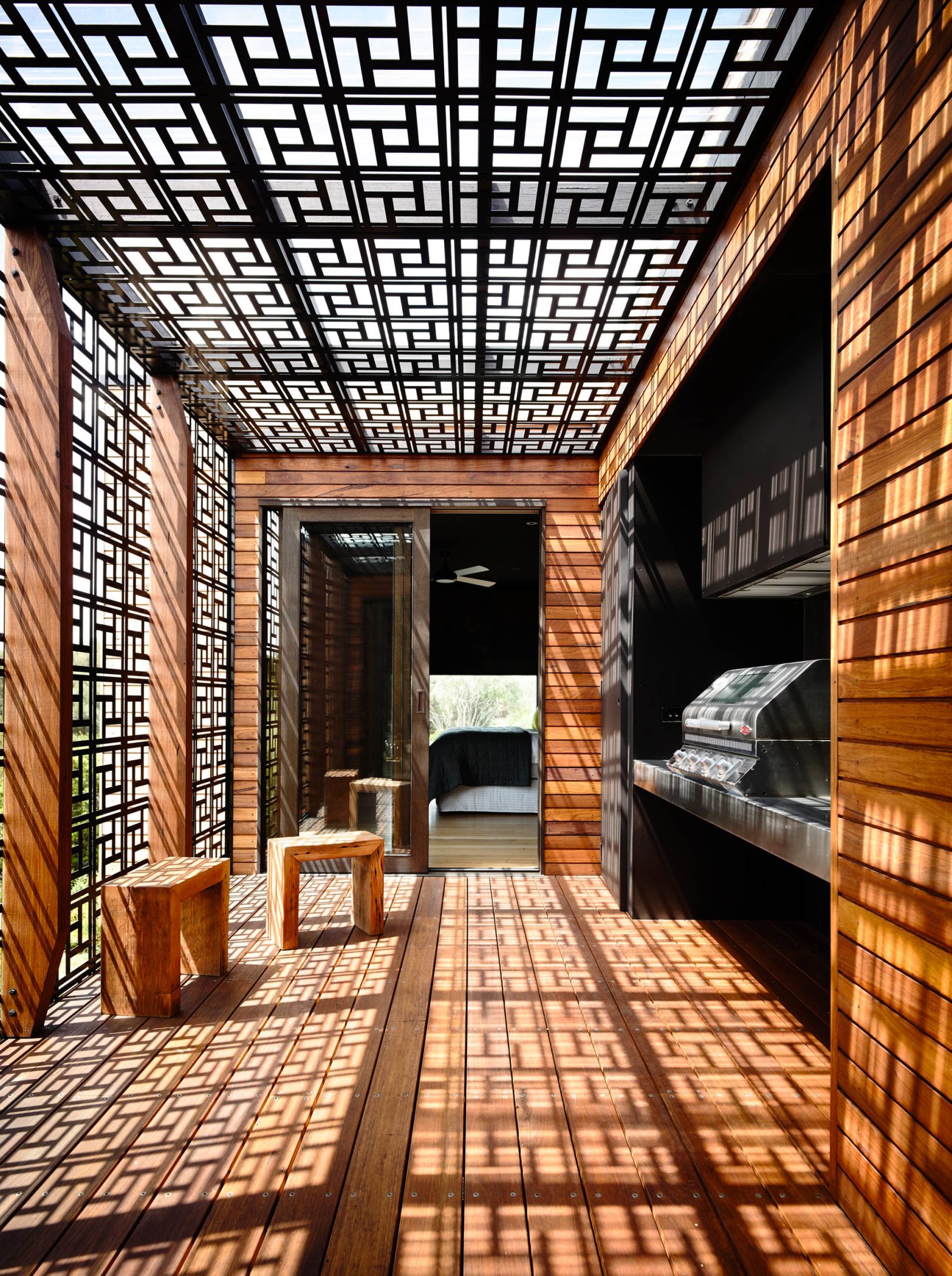
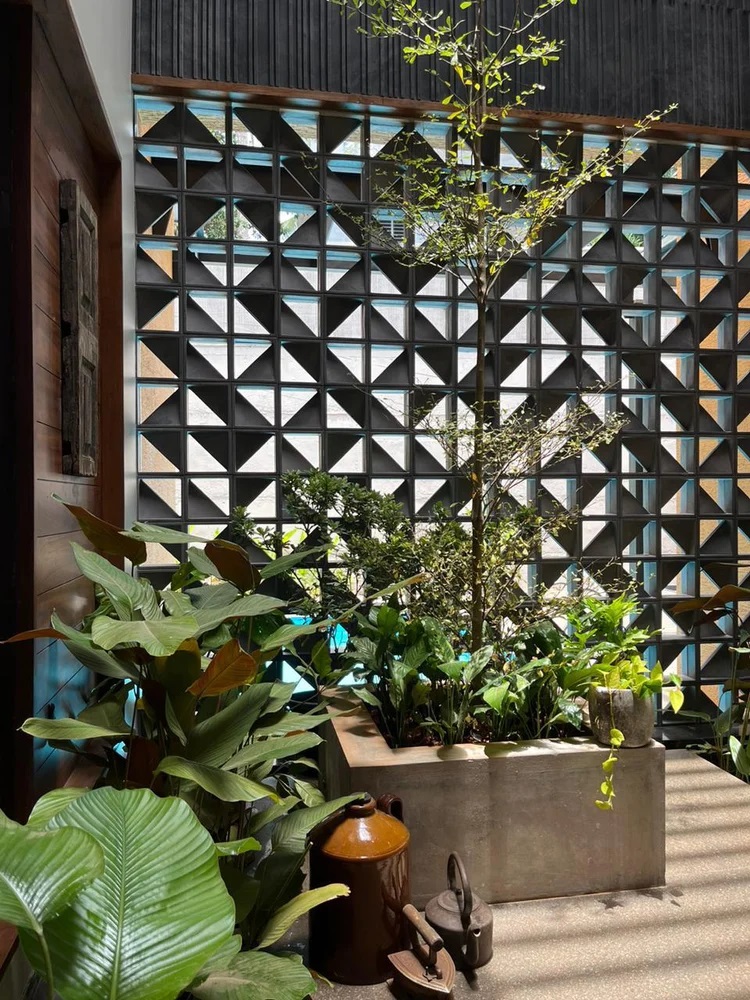
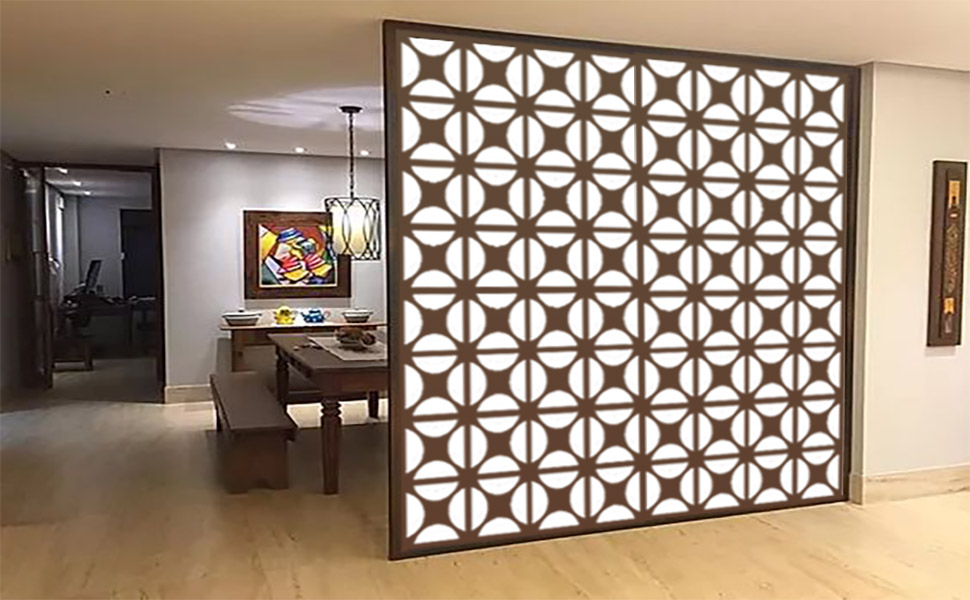
How is Jali Work good for your home?
One of the main advantages of jali work is its aesthetic appeal, as it adds traditional beauty and intricate detailing to any structure. The lattice design allows for controlled ventilation and natural light, reducing indoor heat and glare while maintaining privacy. By managing sunlight and airflow, jali work supports passive cooling. This makes jali an eco-friendly solution for maintaining a comfortable indoor environment. This reduces the reliance on artificial cooling systems, which can lower energy consumption and costs over time. In this way, jali work seamlessly combines beauty and function, contributing to sustainable building practices.
Drawbacks of Jali Work
Despite its benefits, jali work does come with certain drawbacks. High-quality jali designs, particularly those crafted from materials like stone or wood, can be expensive due to the intricate craftsmanship involved. Additionally, the complex patterns in jali screens tend to collect dust, requiring regular maintenance to keep them clean and visually appealing. Structural integrity can also be a concern, as the perforations in jali panels may weaken walls if not properly supported. Furthermore, while jali work promotes ventilation, it offers limited protection against extreme weather, such as rain, making it unsuitable for all climates without additional weatherproofing.
In modern architecture, jaliwork continues to be celebrated for its fusion of aesthetic and functional benefits, embodying both traditional and contemporary styles in residential and commercial buildings.


